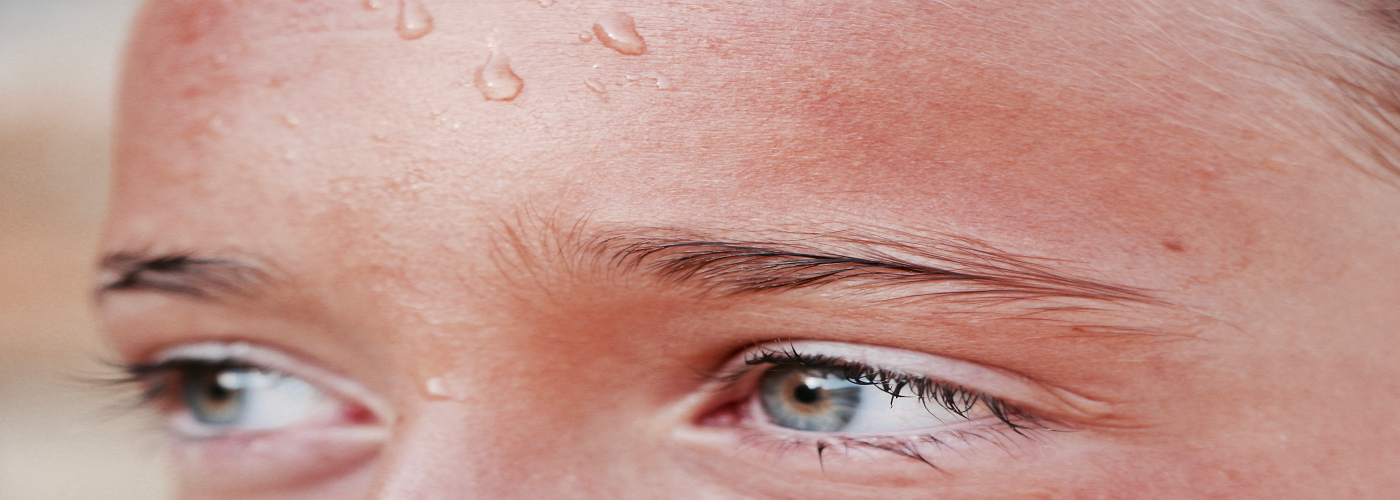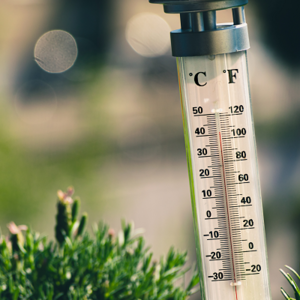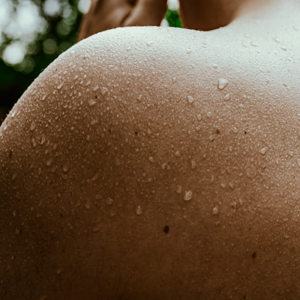

Over the 30-year
average, excessive heat caused more fatalities per year in the United States than any other type of
hazardous weather. Heat and humidity take their toll on the elderly
most acutely, but even for young and otherwise physically fit
individuals there is an ultimate limit to how much heat and humidity
the human body can take before perspiration can no longer cool the
body down, even without doing physical activity. That limit is a
wet-bulb temperature of 35°C which is equivalent to a heat index or
“feels like” temperature of 160°F (71°C). While considerably
rare on Earth, these conditions are not unheard of especially in
areas around the Persian Gulf and during the monsoon in southern
Asia. A 2020 study from researchers at Columbia University, as well as
Loughborough University, projects that by the third quarter of this
century, instances of extreme humid heat will become more common in
these parts of the world.
The research team analyzed global
surface weather station data from 1979-2017 to find instances of
extreme humid heat and found many instances of wet-bulb temperatures
exceeding 31°C in portions of India, Bangladesh, Pakistan,
northwestern Australia, along the coast of the Red Sea and near the
Gulf of California. However, locations that experienced conditions
near the survivability limit were confined to areas near the Persian
Gulf and the Indus River Valley in Pakistan where copious amounts of
moisture evaporate off of some of the warmest sea and ocean water on
the planet, and are transported over already very hot coastal
areas.
At present, these instances of extreme humid heat, approaching the survivability limit, are short-lived events, reaching
the 35°C wet-bulb mark for only 1 to 2 hours on the hottest day of
the year. However, projecting the current rate of warming seen
worldwide, which has seen a doubling of these extreme events since
1979, by the third quarter of this century these conditions are
expected to be longer duration and more common events. Although
modern conveniences like air conditioning make such outdoor weather
survivable, those who live in less-developed countries, where
electricity is a luxury, may find regions that regularly reach such
extremes of humid heat uninhabitable.

